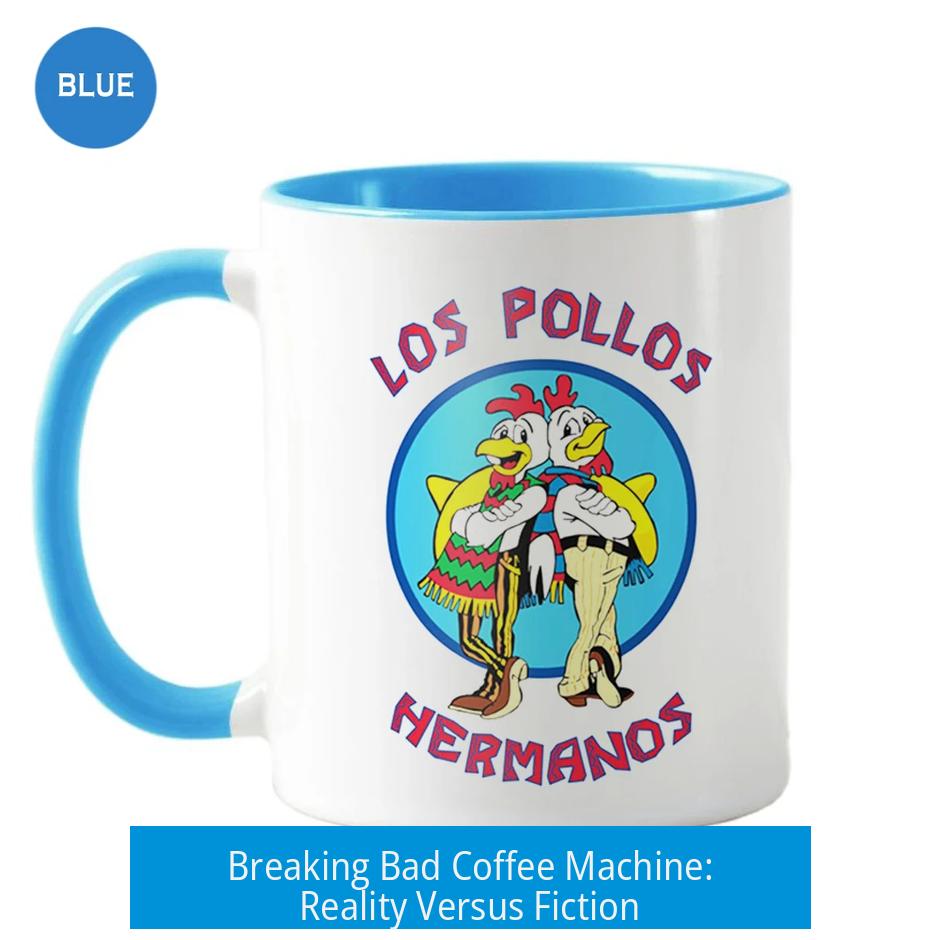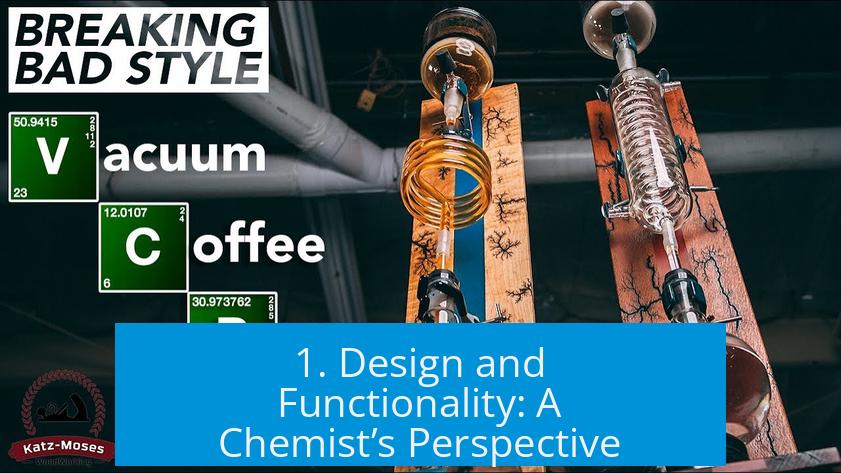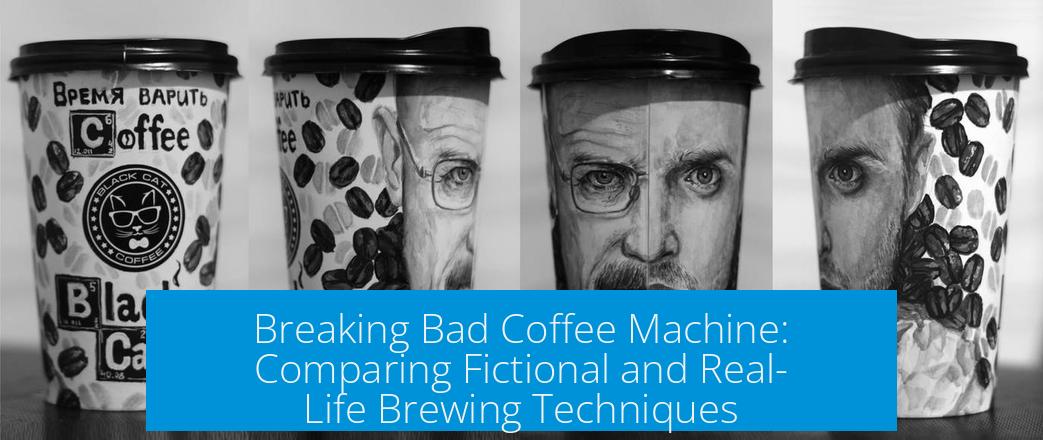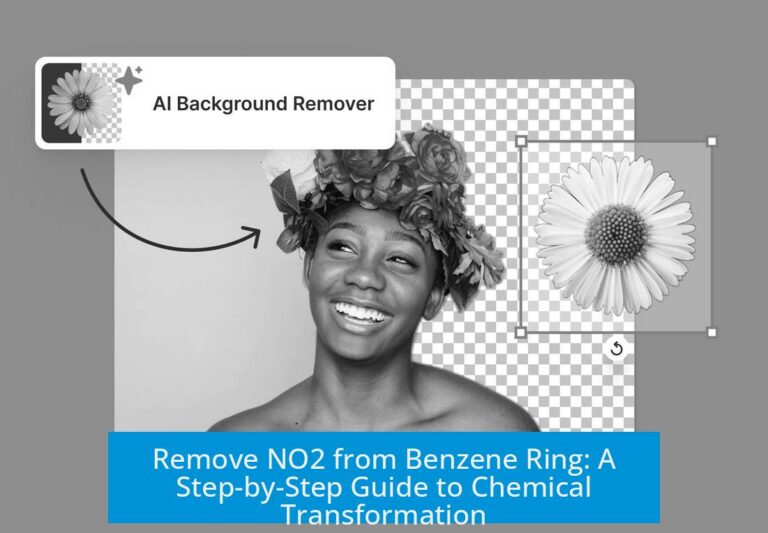Breaking Bad Coffee Machine: Reality Versus Fiction

The coffee machine depicted in Breaking Bad is more theatrical than functional; it mimics chemistry equipment but does not operate as a practical coffee brewer. It is designed to appear scientific and impressive, yet its components and setup defy efficient coffee-making principles and realistic heat management.
1. Design and Functionality: A Chemist’s Perspective

The coffee machine on Breaking Bad borrows heavily from glassware commonly used in chemical laboratories. However, this usage leans more toward aesthetics than utility. The glass components are arranged to look sophisticated but do not serve conventional brewing functions effectively. For example, the storage area intended for holding brewed coffee is neither insulated nor heated, causing the coffee to go cold quickly. This flaw conflicts with common sense for keeping coffee hot and fresh.
Some observers question whether the “coffee machine” qualifies as such or if it is merely a chemistry set adapted for brewing. Without active heating or efficient liquid transfer mechanisms, the setup remains largely a stage prop. The lack of a pump in systems resembling vacuum reflux distillation further undermines its practical function. In short, the machine resembles a whimsical chemistry experiment rather than a real coffee brewer.
2. Brewing Methods and Coffee Quality
2.1 Extraction Techniques
Real-world coffee extraction, especially when applying pressure, typically uses positive pressure to force water through ground coffee. This is the principle behind espresso and mocha pots. Pressurizing from the top presses hot water through the grounds, yielding a concentrated brew with fewer bitter tannins.
Breaking Bad’s machine, by contrast, essentially uses vacuum distillation principles, extracting coffee without pressure pushing water through the grounds. Such a process separates volatile compounds by evaporation rather than extraction and condensation, which could strip caffeine and many flavor compounds. Therefore, coffee brewed this way would lack caffeine and have dramatically altered flavors.
2.2 Bitterness and Chemical Compounds
Caffeine itself is bitter, but not the sole contributor to coffee’s overall bitterness. Quinic acid is one known agent influencing bitterness and acidity. Heat accelerates the breakdown of chlorogenic acids into quinic acid, increasing bitterness. Hot brewing methods may thus amplify bitterness while reducing flavor complexity. Cold brewing avoids this by prolonging extraction but at low temperatures, resulting in smoother taste and less bitterness.
2.3 Brewing Recommendations for Optimal Coffee
- Cold brew methods address most bitterness issues by reducing extraction speed and temperature.
- Pour-over setups offer precise control over grind size and water temperature, enhancing flavor balance.
- Using high-quality, freshly roasted specialty beans improves taste significantly.
- Grinding beans immediately before brewing preserves freshness and reduces oxygen exposure.
- Simple equipment like an Aeropress, grinder, and scale often delivers better results than complicated apparatuses.
3. Comparisons: Chemistry Equipment Versus Barista Tools
Many chemists create elaborate setups for brewing coffee, sometimes exceeding the complexity seen in Breaking Bad. Such configurations often involve rotary evaporators or vacuum systems more common in chemical labs than coffee shops. These devices reflect social trends in some scientific or affluent circles where complexity signals sophistication rather than practicality.
Chemistry extractions and coffee brewing share basic principles: both extract soluble compounds via a solvent—water for coffee. However, extracting all solubles indiscriminately leads to increased bitterness and reduced palatability. Baristas aim to optimize extraction to balance flavor and bitterness, relying on experience and precise control rather than complex glassware.
4. Practical Makeshift Brewing in Laboratories
Laboratories sometimes adapt simple glassware and laboratory tools to brew coffee when needed. For instance, using funnels, Erlenmeyer flasks, and filter paper combined with a kettle can allow brewing multiple cups. This method mimics manual drip or pour-over coffee but lacks automation or temperature control.
Though not ideal as a permanent solution, such improvisation demonstrates the flexibility of scientific glassware beyond chemical reactions. It contrasts the impractical, complex designs seen onscreen.
Summary of Key Points
- The Breaking Bad coffee machine is primarily decorative and unrealistic as a working coffee brewer.
- Its design misapplies chemistry glassware without addressing heat retention or efficient liquid flow.
- Vacuum distillation-based brewing can strip caffeine and essential flavors, yielding poor-quality coffee.
- Effective coffee brewing relies on controlling temperature, pressure, grind size, and extraction time.
- Simple, precise brewing tools and fresh, quality beans produce noticeably better coffee.
- Chemistry-inspired setups can appear complicated but often fail to improve taste or practicality.
- Laboratory glassware can be adapted for basic brewing, but this remains a makeshift approach.





Leave a Comment